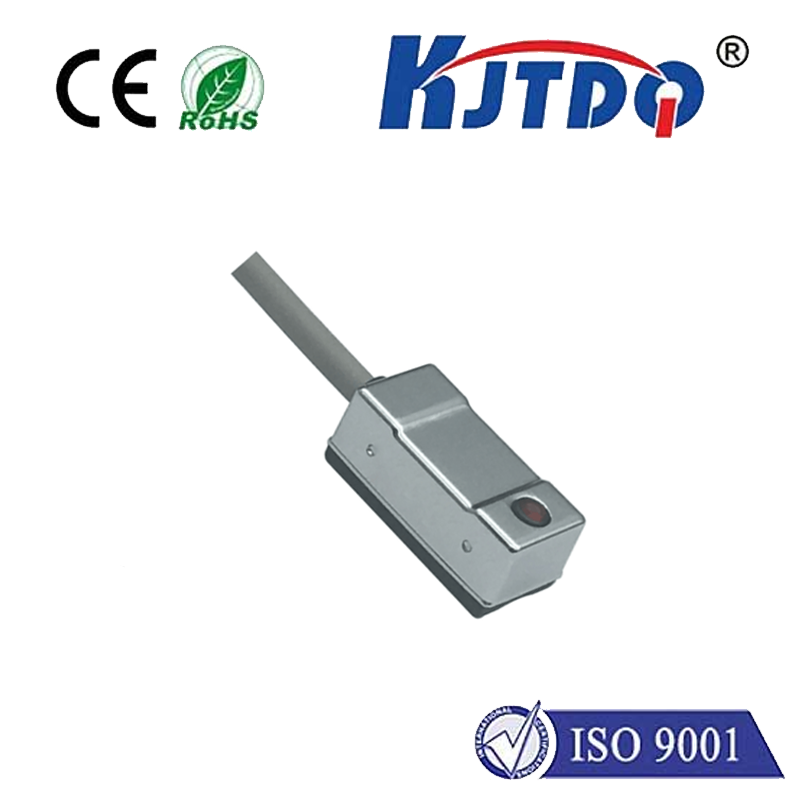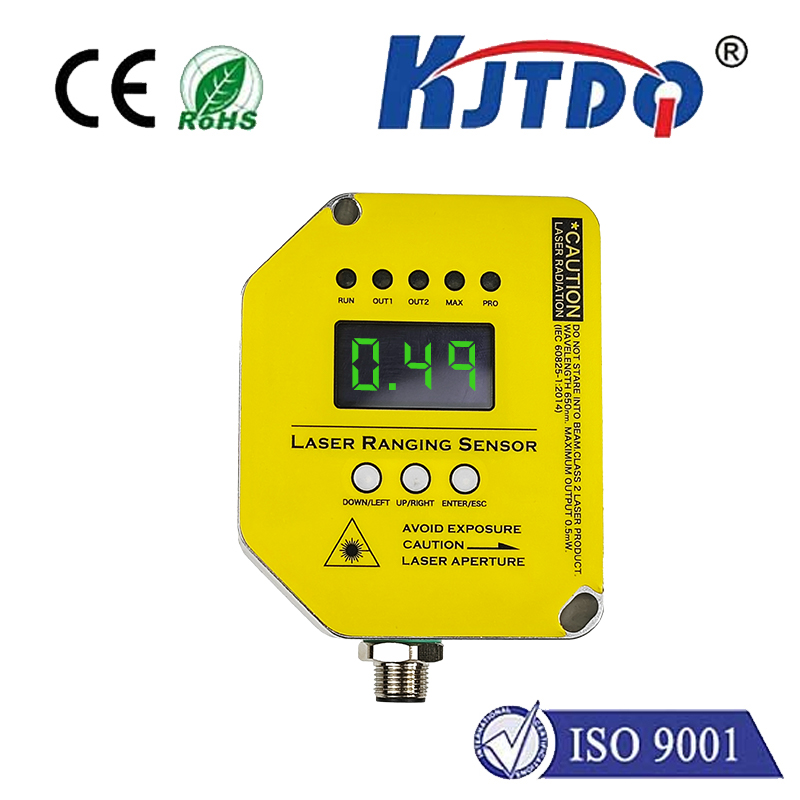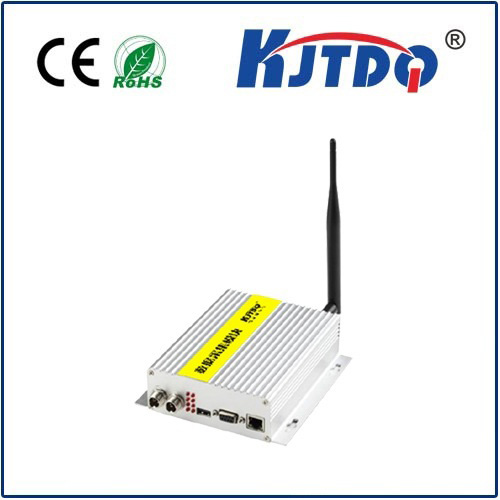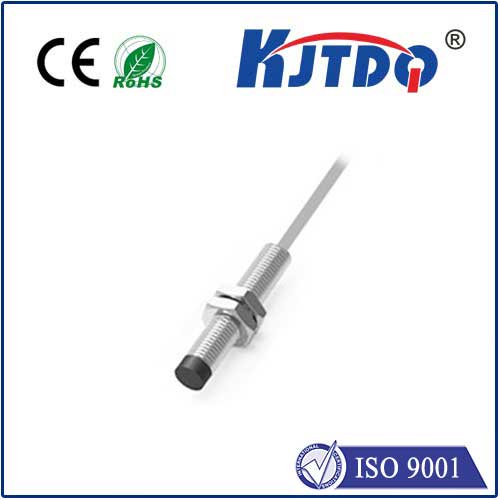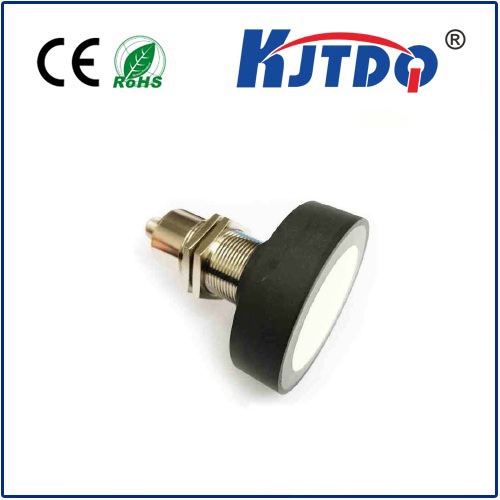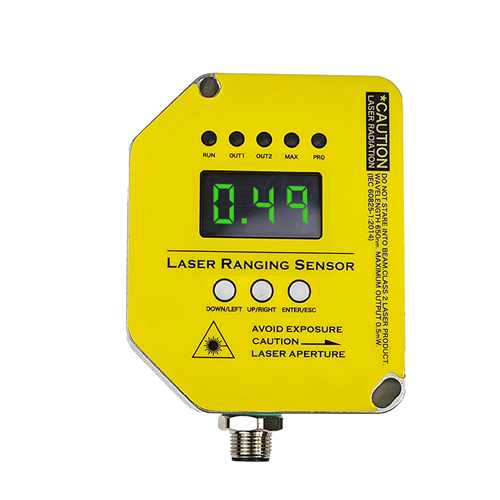

check

check

check

check
Look around any modern factory floor, warehouse, or processing plant. While towering robots and whirring machinery grab the eye, it’s the silent, unassuming sentinels – sensors like the KJDTQ photoelectric sensor – that truly orchestrate the flawless symphony of automation. These devices, often unnoticed, are fundamental to safety, precision, efficiency, and quality control across countless industries. Understanding their function and the value proposition of reliable series like KJDTQ is key to appreciating the backbone of contemporary industrial systems.
What Exactly is a Photoelectric Sensor?
At its core, a photoelectric sensor is an optoelectronic device. It uses light – typically infrared, red LED, or laser – to detect the presence, absence, distance, or characteristics of an object without physical contact. Think of it as a miniature electronic eye. The fundamental principle involves a light emitter (transmitter) and a light receiver. The sensor triggers an output signal based on how the emitted light beam interacts with the target object. This interaction defines the main operating modes:
Why KJDTQ Photoelectric Sensors Matter

While the core technology is universal, the specific implementation, build quality, and features differentiate sensor families like KJDTQ. These sensors are engineered for the demanding realities of industrial environments. Reliability is paramount – unexpected downtime due to sensor failure is costly. KJDTQ sensors are typically designed with robust housings, often featuring high Ingress Protection (IP) ratings like IP67 or IP69K, making them resistant to dust, water jets, and cleaning chemicals. This resilience is crucial for applications in food processing, pharmaceuticals, or outdoor settings.
Furthermore, they offer consistent performance across challenging conditions like varying ambient light, temperature fluctuations, and electromagnetic interference. This robustness ensures stable operation whether detecting dark packages on a high-speed conveyor, clear bottles on a filling line, or metal parts in a machining center. Versatility is another key strength, with various models covering all operating modes (through-beam, retro-reflective, diffuse), different sensing ranges, output types (PNP/NPN, NO/NC), and connection methods (cable, connector).
Real-World Applications: Where KJDTQ Sensors Shine
The practical applications for KJDTQ photoelectric sensors are vast and touch nearly every facet of automation:
The Advantage: Precision and Cost Efficiency
Investing in reliable photoelectric sensors like the KJDTQ series translates directly into operational efficiency and cost savings. By automating detection tasks with high accuracy, these sensors:
In essence, the KJDTQ photoelectric sensor is far more than just a component; it’s an indispensable intelligence unit within the automated world. Its ability to provide reliable, non-contact detection across diverse and demanding environments makes it a fundamental building block for smarter, safer, and more efficient industrial processes. Whether ensuring a bottle is capped correctly, a robot arm grips the right part, or an AGV navigates safely, these “unseen guardians” powered by light are constantly at work. Selecting a robust and proven series ensures this crucial, behind-the-scenes work happens flawlessly, shift after shift.
